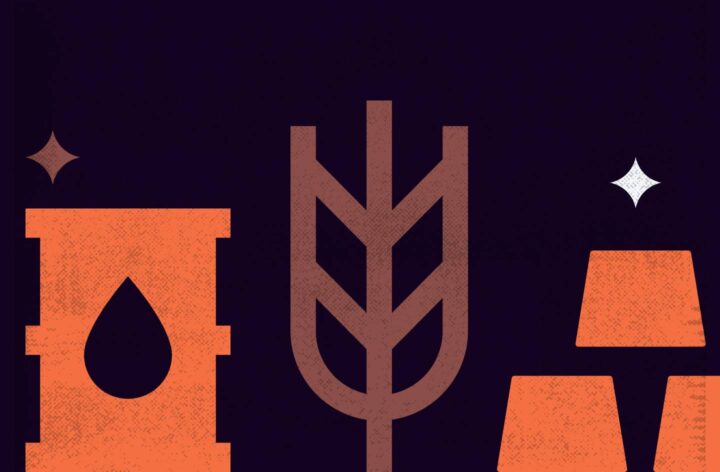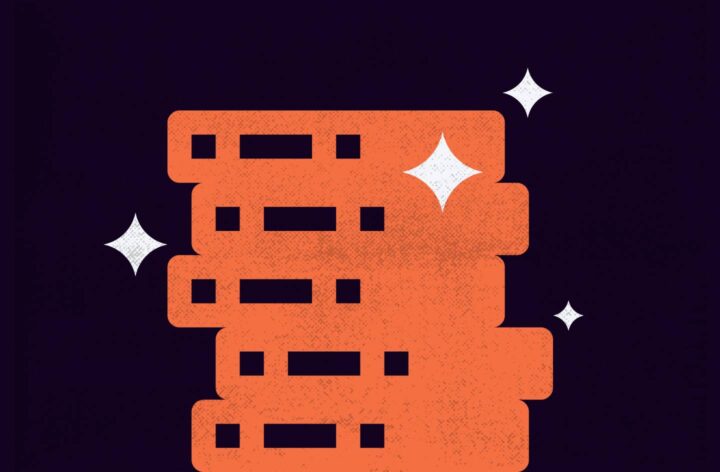Asset-Backed Tokens: What Are They and How Do They Work?

What Is Asset Tokenization?
Blockchain technology makes it possible to efficiently digitize real assets. This is called tokenization. During the tokenization process, the ownership of a certain amount of oil, gas, gold or silver is digitized — a corresponding token is issued. Securitization is an analog of tokenization that comes from the traditional financial sector. This process represents the conversion of various forms of receivables into securities.
Once the asset is tokenized, the tokens are offered to investors in a process known as security token offerings (STOs). As of the end of 2020, the overall market for tokenized assets was over $18,1 billion. In the U.S. alone, the total capitalization of security tokens in October 2021 amounted to $1,193 billion.
The Benefits of Asset Tokenization
Tokenization improves asset liquidity while reducing settlement time and saving trading costs. Tokenization allows a broader audience of investors to gain access to these assets. The high divisibility of asset-backed tokens enables investors to purchase a smaller percentage of real assets. The token economy creates a more efficient financial system that removes traditional barriers to creating, purchasing and selling securities. Other benefits of tokenization include:
- Liquidity. Tokenization increases investor access to the market, thereby improving the liquidity of an underlying asset.
- Accessibility. Tokenization eliminates cross-border restrictions and reduces commission costs. A token gives the possibility to own a small share of the asset, allowing a wider range of investors to participate in the investment process.
- Transparency. Blockchain technology provides transparency, security and the integrity of stored data. Distributed registry technology ensures openness to scrutiny.
- Speed. Transactions can be performed automatically once certain conditions are met, such as receiving payment or sending tokens. This reduces transaction times.
- Automation. For example, a token can provide an automatic transfer of ownership in accordance with the terms of a smart contract.
Examples of Tokenized Assets
Tokens can represent three types of assets:
- intangible;
- fungible;
- non-fungible.
Intangible assets exist under current law and have no physical form. Examples include patents, copyrights, company stock, etc. Fungible assets can be substituted with other assets of equal value, examples include stablecoins and fiat currency. Non-fungible assets are unique and exist in a single instance.
The Most Famous Asset-Backed Tokens
A commodity-backed cryptocurrency is called a stablecoin. This term usually refers to a cryptocurrency backed by fiat money in a narrow sense. Broadly speaking, though, stablecoins can be backed by any exchange-traded assets. In this sense, they are asset-backed tokens.

Most issuers release such tokens based on the Ethereum blockchain. Some known asset-backed tokens are:
- Pax Gold (PAXG). These are ERC-20 standard tokens pegged to gold. The value of PAXG is equal to a 400 oz London Good Delivery gold bar (11339,8 grams). The Paxos Trust holds the gold reserve.
- CACHE Gold (CACHE). It is an ERC-20 token whose value is also pegged to gold. CACHE is 100% backed by physical assets that are logged, RFID tracked, photographed and linked to tokens by commercial vault personnel using the GramChain asset tracking system.
- Tether Gold (XAUt). It is a cryptocurrency backed by gold. Similar to PAXG, the XAUt coin has a value of one share of physical gold in the London Good Delivery bullion. The gold is distributed to coin holders who know the unique serial number, purity and weight of the gold they own. XAUt coins are issued as ERC-20 tokens.
- Petro (PTR). The first national cryptocurrency, each token is backed by one barrel of oil. The oil backed by the cryptocurrency was pre-mined by government enterprises. The Venezuelan Ministry of Finance encourages the use of Petro for payments, oil trading, taxes, fees, etc.
- CaskCoin (CASKCOIN). Tokens of ERC-20 standard, the value of each is equivalent to one barrel of 50-years-old Scotch whisky. The project’s creators set the minimum threshold of $30,000 for the pre-sale procedure.
Tokenization means digitalization of real traded assets. In this process, the ownership of the asset is stored in a blockchain. This makes the asset easy to track, transfer and sell. The use of asset-backed tokens is a transition to a new economic system that will change traditional markets and financial instruments in many ways over the next decade.











